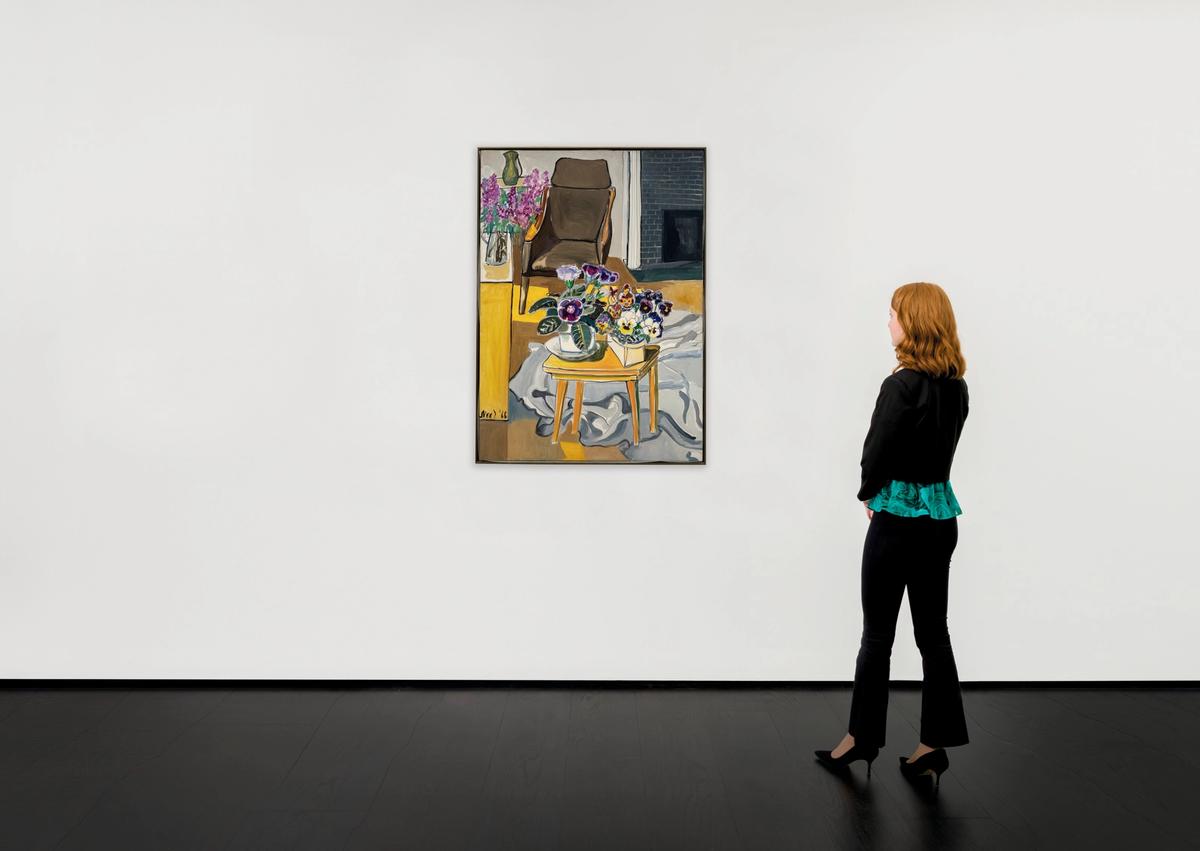“I can start by saying, I think the art market is in massive disruption,” says the art advisor Amy Cappellazzo in the first episode of “The Hidden Side of the Art Market”, a three-part series by the popular audio show Freakonomics Radio, available on podcast platforms from 1 December, 11pm ET. “So whatever you know to be the art market is certainly changing,”
Hosted by Stephen Dubner, the co-author of the financial book series Freakonomics, the show will examine the murkiness of the art market, “how it functions, who’s benefiting, and how it’s changing,” according to a statement. It will be released on the Freakonomics Radio podcast stream first, and then air on NPR, and features interviews with key figures in the trade, including Cappellazzo, mega dealer David Zwirner, MoMA director Glenn Lowry, art adviser, and artists Tom Sachs and Tshabalala Self.
The first episode uses the record-breaking sale of Alice Neel’s 1966 painting, Dr Finger’s Waiting Room, for $2.5m (including buyer’s fees) at Christie’s this May, as a case study for how an artist’s market is built—often outside of their influence or benefit. The next episode will have contemporary artists sharing their experiences with gallery and auction sales, including Tschabalala Self, who says, “I don't like my artwork selling at auction… I think the whole thing is vulgar.” While Tom Sachs compares describes having his work flipped at auction feeling “a little bit like a grift.”
And the final episode will look at new developments in the art market, including the omnipresent NFTs and how their emergence and takeover of the industry has disrupted the traditional norms of who gets to own art. “I think the great failing of contemporary art,” says Canice Prendergast, an economist at the University of Chicago, “is that it leaves no mark, essentially, on the public.”


